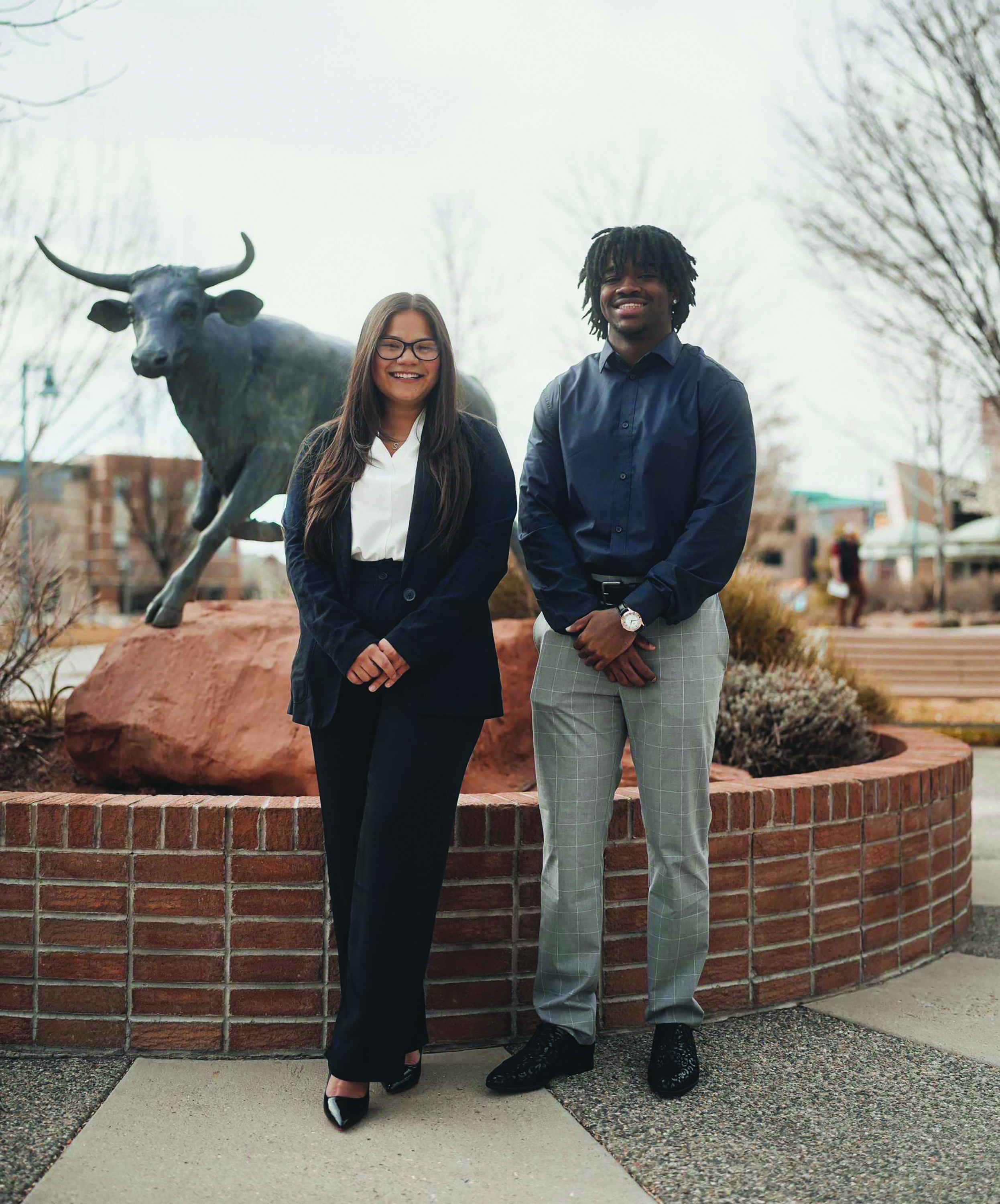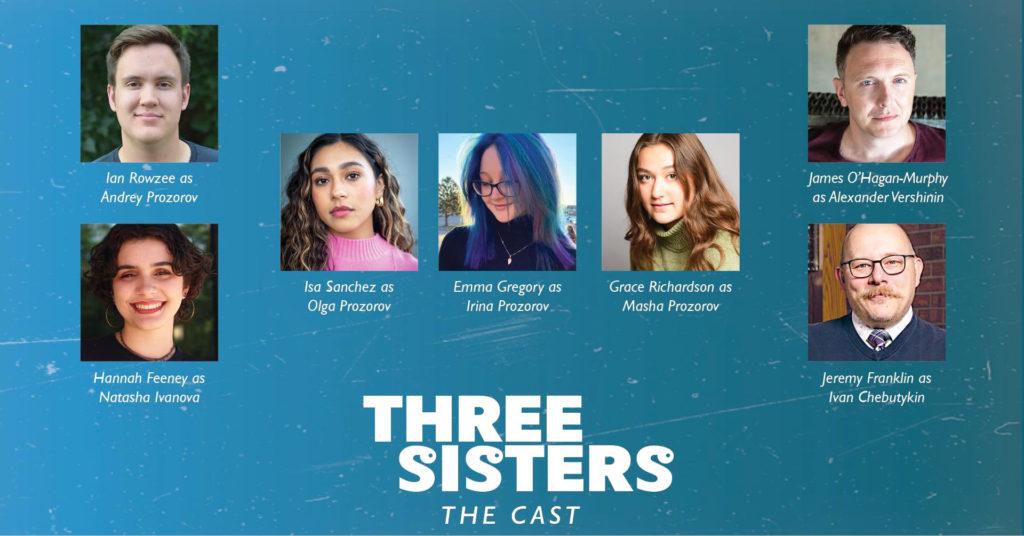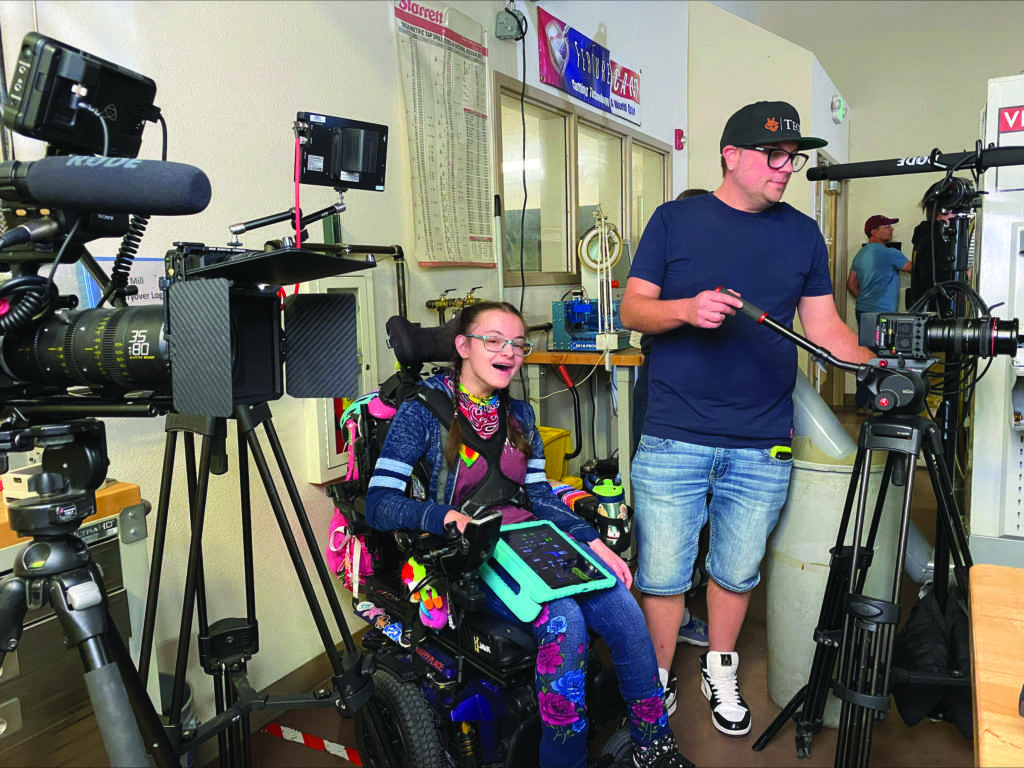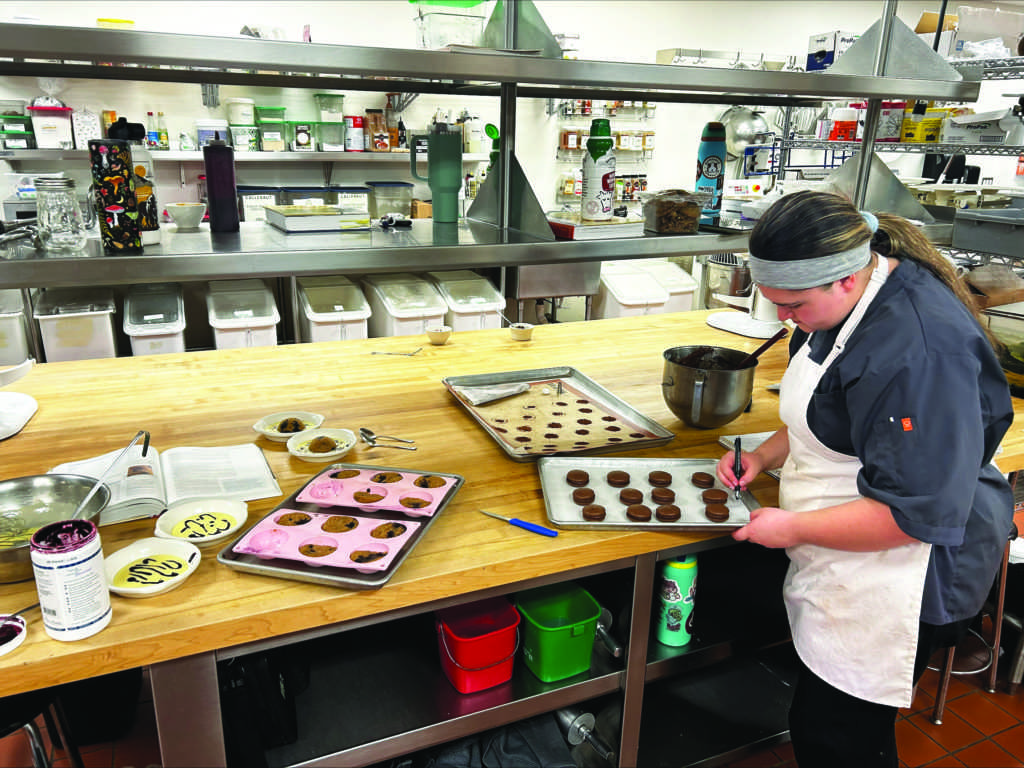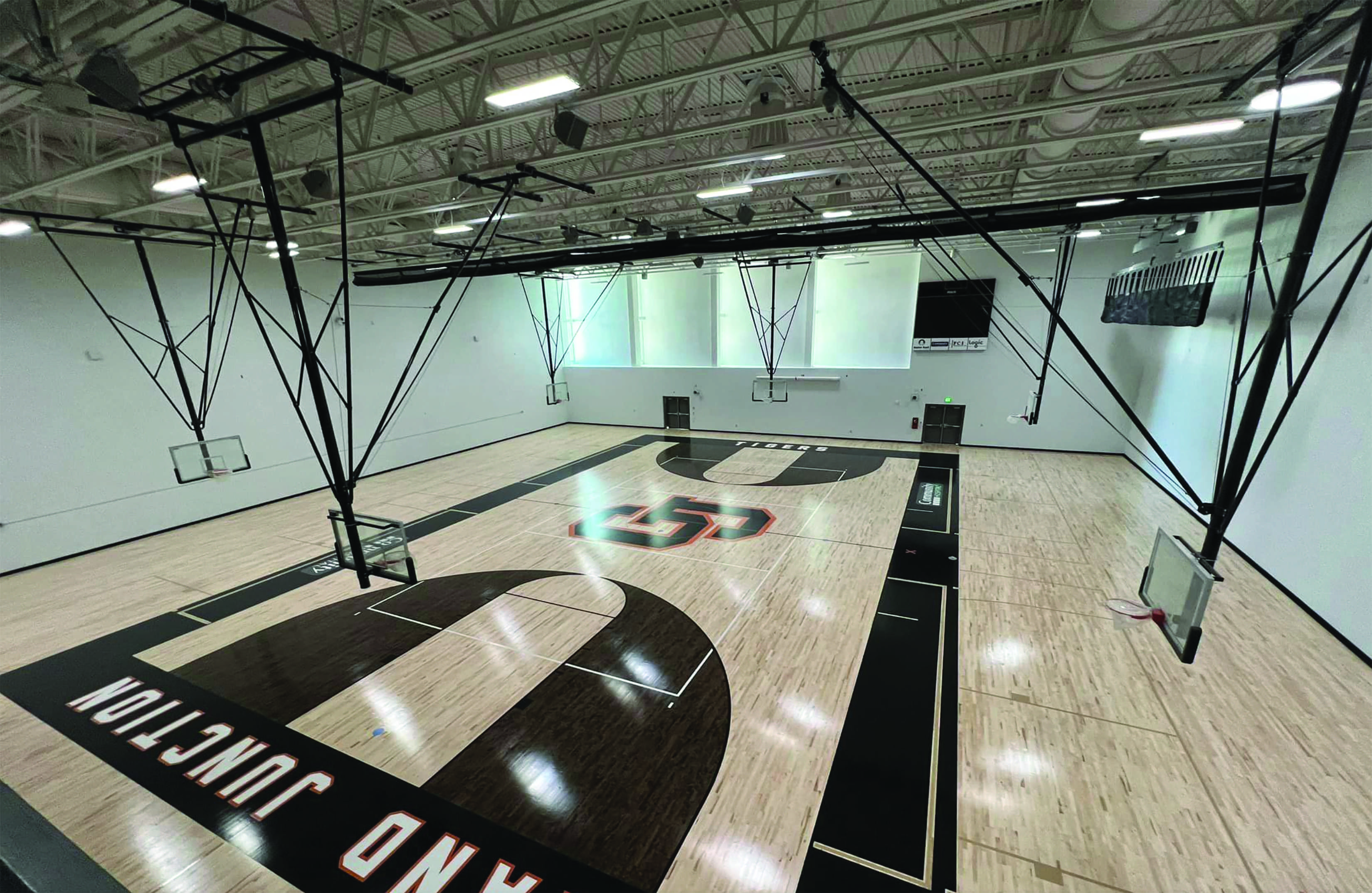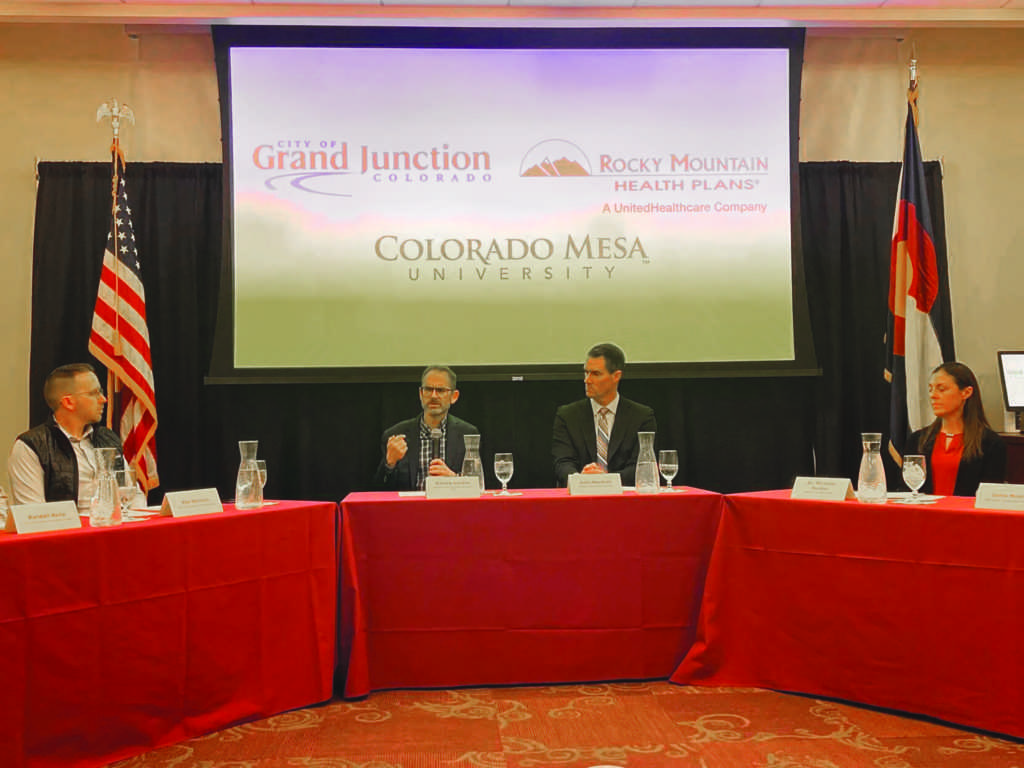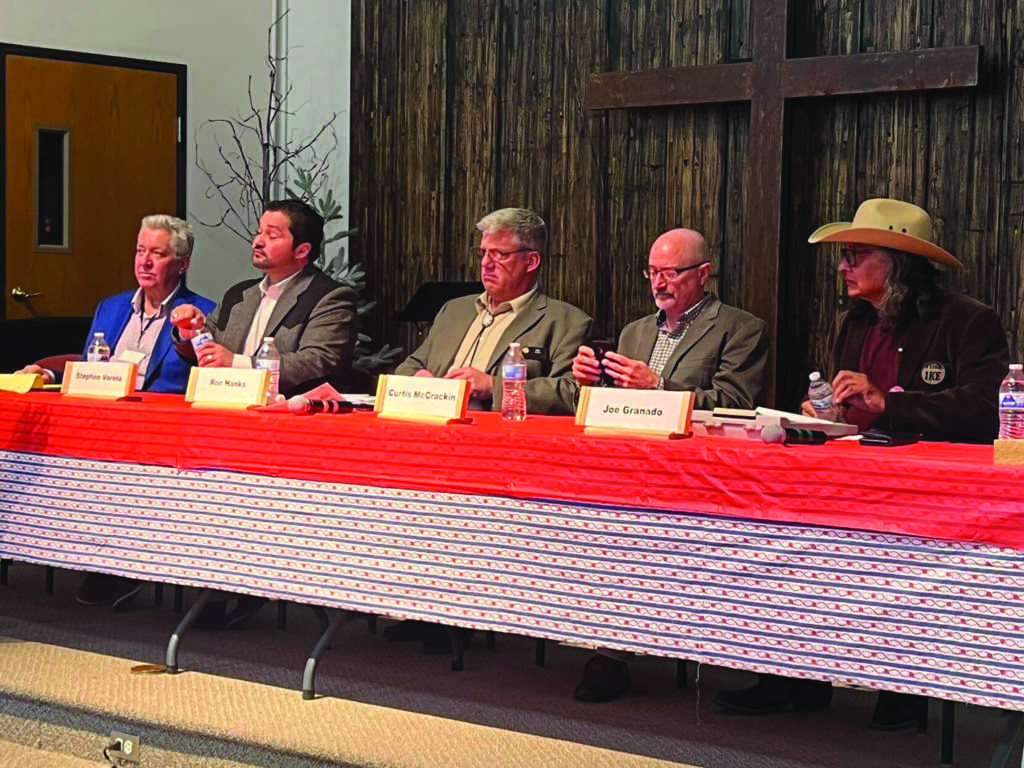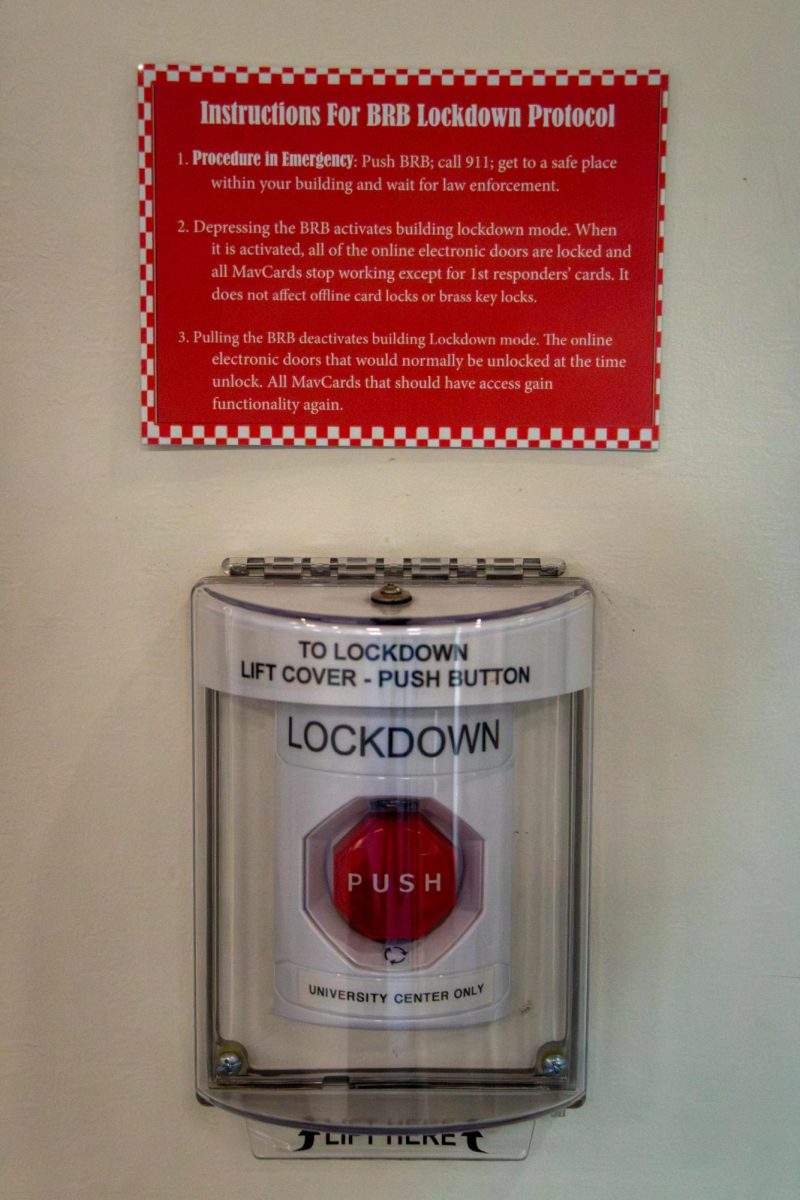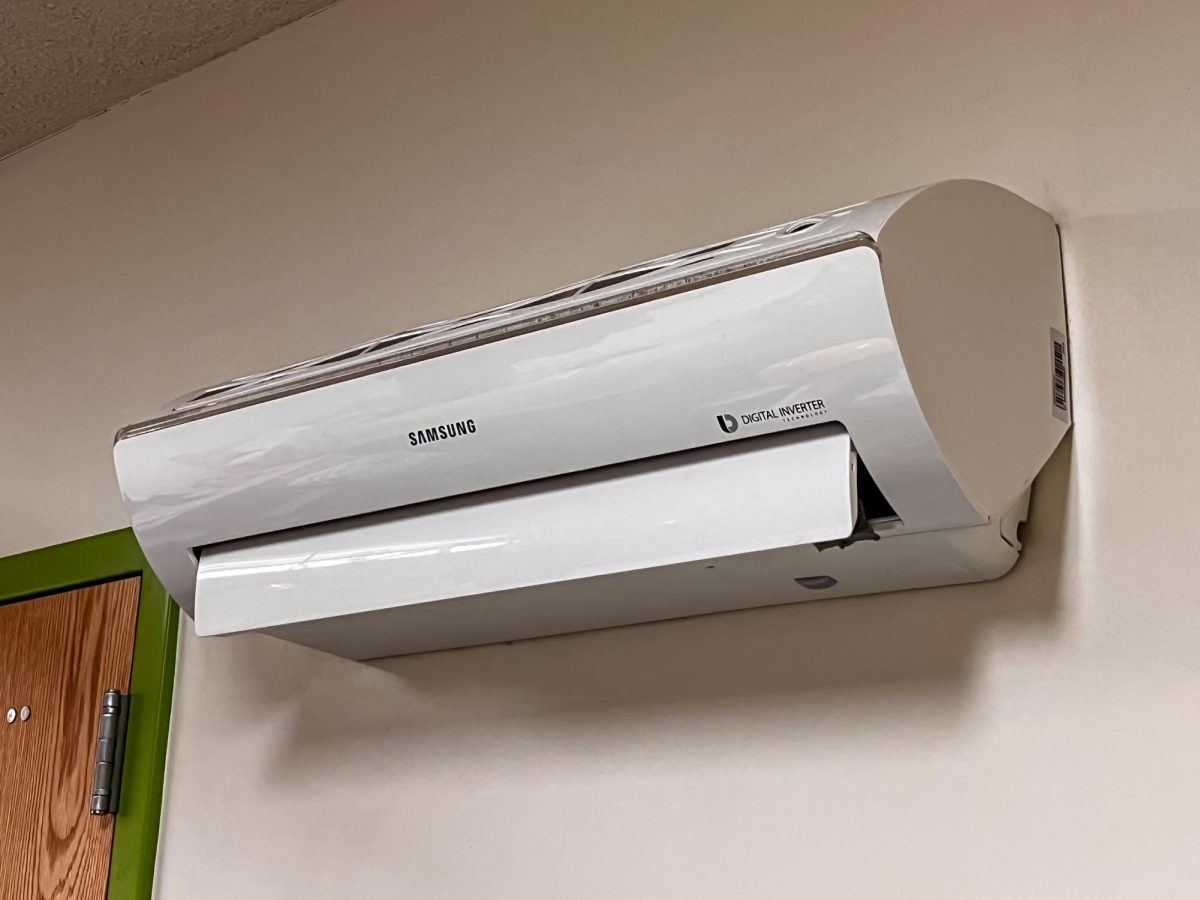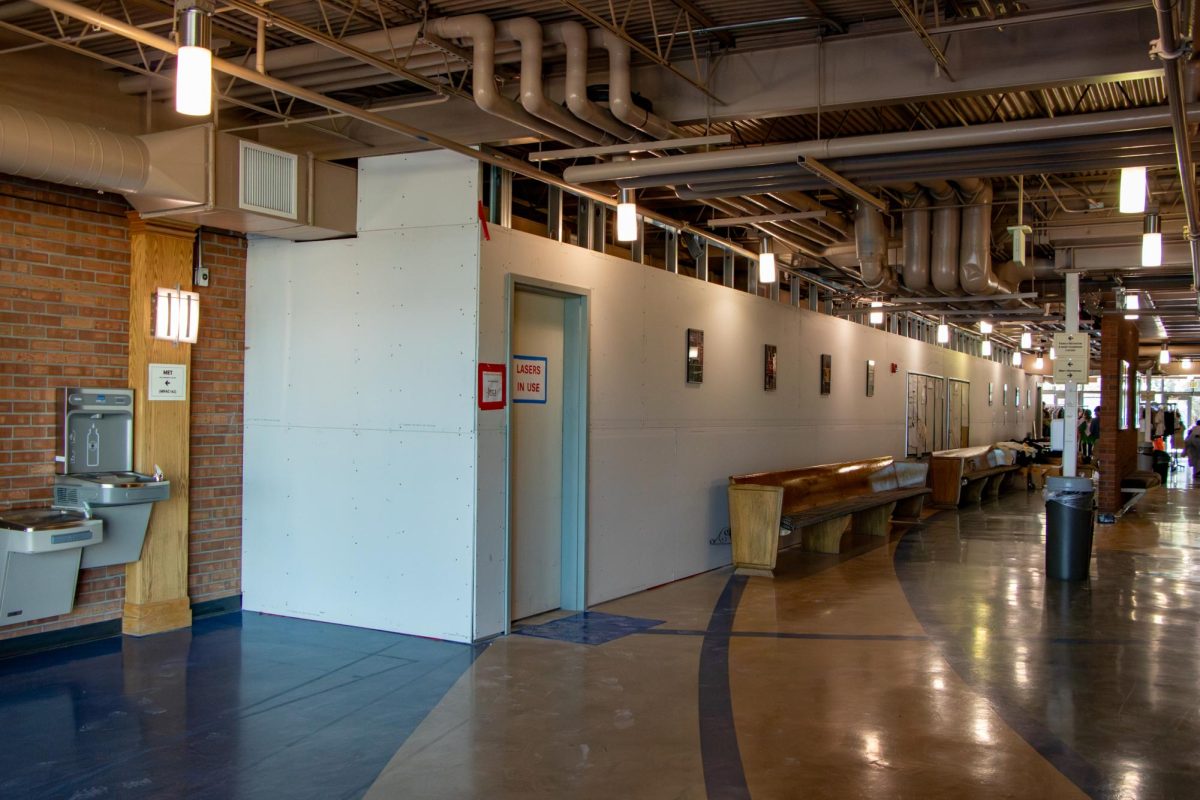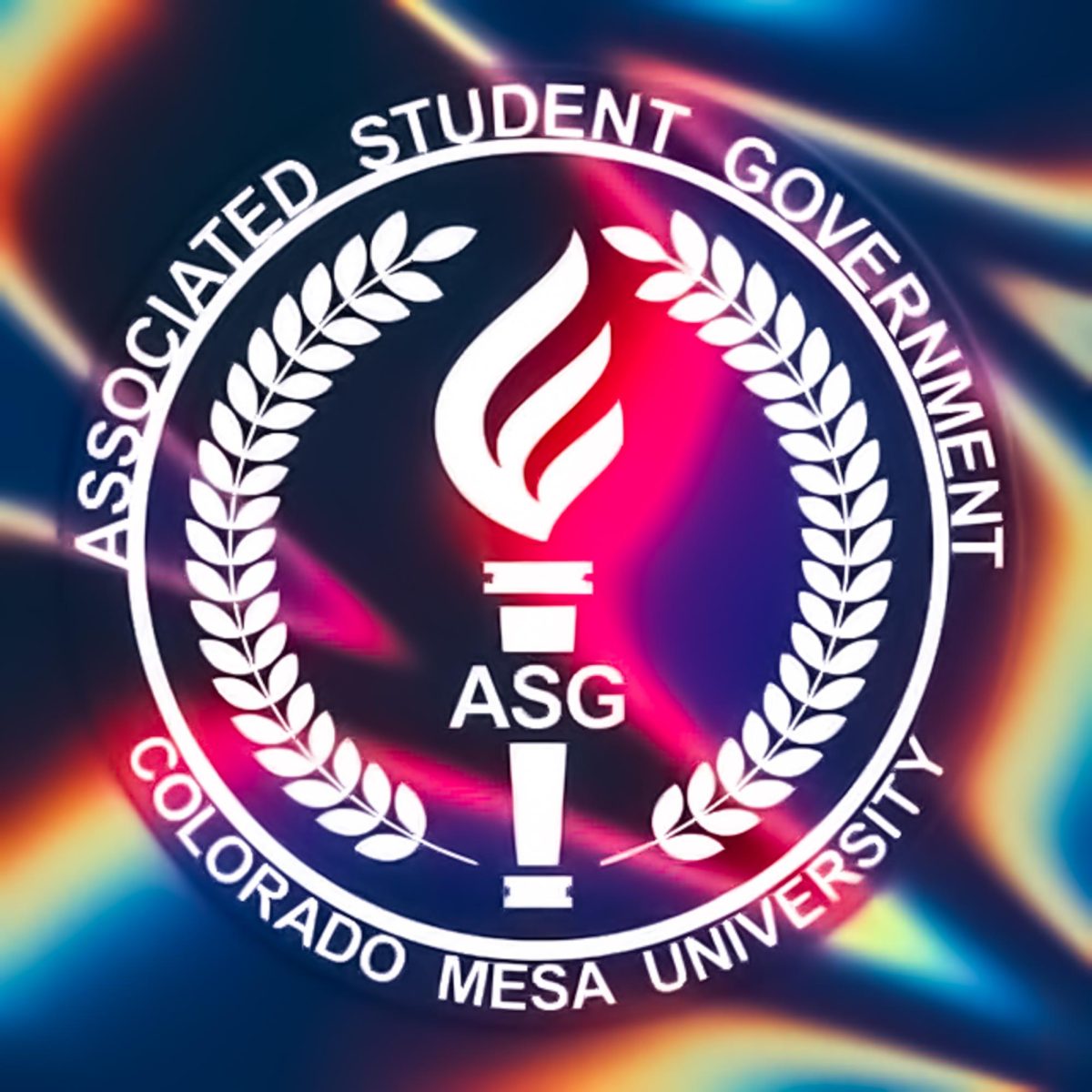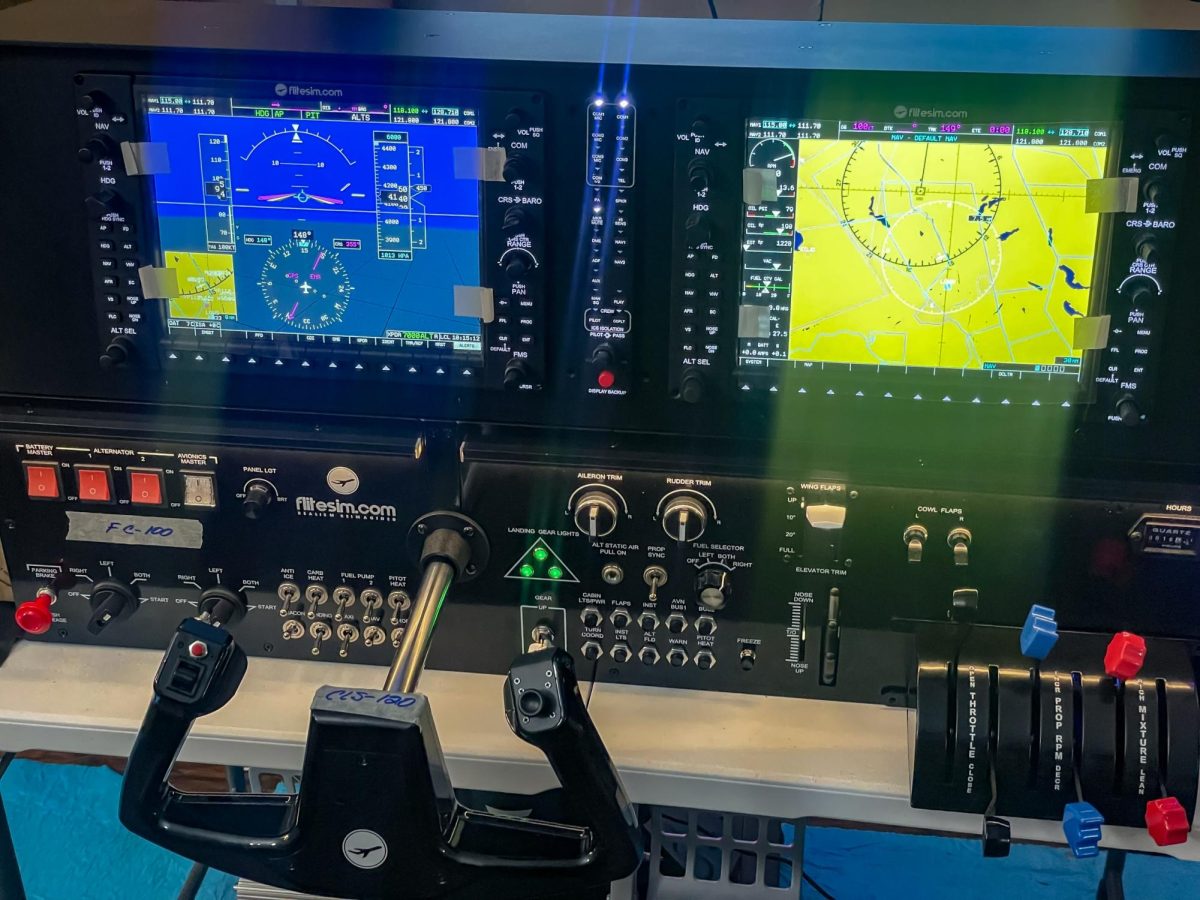COVID-19 vaccines are currently available for students, staff and community members to get.
There are some that are apprehensive about getting a vaccine or wish not to. This is what you need to know about the vaccines currently being used in the United States, and that are currently ready to be scheduled for in Mesa County.
The Food and Drug Administration (FDA) has approved three vaccines for use, although they were not approved routinely; emergency authorization was used for them.
Currently, both the Pfizer-BioNTech and Moderna vaccines are available for students to get, for free. Johnson & Johnson’s vaccine, which differs in composition, is difficult to find in Mesa County at the moment.
Many people are cautious around the vaccine, and are waiting to see what happens before they get their shots.
“I think that a lot of people have vaccine hesitancy, and I think it’s totally appropriate,” Physician and Director of the Monfort Human Performance Lab Dr. Michael Reeder said. “I mean this is a once in my lifetime kind of thing that has happened. This kind of public health emergency has not happened in 100 years, so for people to have vaccine hesitancy, I have no problem with that, to me that’s just kind of a normal reaction.”
Reeder said that while it’s okay to have vaccine hesitancy, he personally got the vaccine, and wasn’t worried about it.
“These vaccine platforms have been studied for decades,” Reeder said. “The mRNA and the adenovirus vaccines, they’ve been studying them for a significant amount of time, including looking at coronavirus. Not this particular Coronavirus.”
Moderna’s and Pfizer’s vaccines are known as mRNA vaccines. Many other common vaccines inject a dead or weakened disease germ into the body, but an mRNA vaccine is different. It sends the cells in the body instructions to make a spike protein, which is found on Sars-CoV-2, and the immune system is trained to attack this spike protein the next time it sees one.
J&J’s vaccine is known as a vector vaccine. Think of it like a Trojan Horse: the horse, known as an adenovirus, enters the body and penetrates the cells. Once inside, the genetic code it was carrying (the soldiers inside the horse) helps the cells produce spike proteins to train the immune system.
Moderna and Pfizer have around a 95% effectiveness rate, while J&J is around 66%.
Although J&J has a lesser rate of effectiveness, it went through a testing process that included fewer mild diseases, which could skew the results. It also only requires a single shot, while the others require two, and a few weeks of waiting between each one.
Another caveat of the J&J vaccine is the ease of storage: it does not require an ultra-cold freezer to be stored in, whereas both Moderna and Pfizer need temperatures in the -70 degrees celsius.
“The other reason why they went faster than normal, is there was so much money behind it. Normally they do things like they do a little pilot study, and then they think about it and see if it’s worth the money. Here, because the governments of the world really were behind it, they started doing things and some of the studies in parallel. They’re able to go much faster because of that,” Reeder said.
Some people have gotten fatigued or sick after their first or second doses, which is a normal side effect.
Reeder got the vaccine for a few different reasons.
“When I think of vaccines, I think you know you’re protecting yourself and your family and your community. That’s always going to be drilled into me so that’s one reason why I got it. Second one is, I’ve never been really anxious, it just doesn’t bother me and my wife and I like to travel. So one of the things is, if we’re vaccinated it decreases our risk a little bit more.”
More than a third of the United States has been fully vaccinated. For Mesa County, the community goal is to get 75% of everyone vaccinated. To sign up for a vaccine, visit https://health.mesacounty.us/covid19/vaccine/







